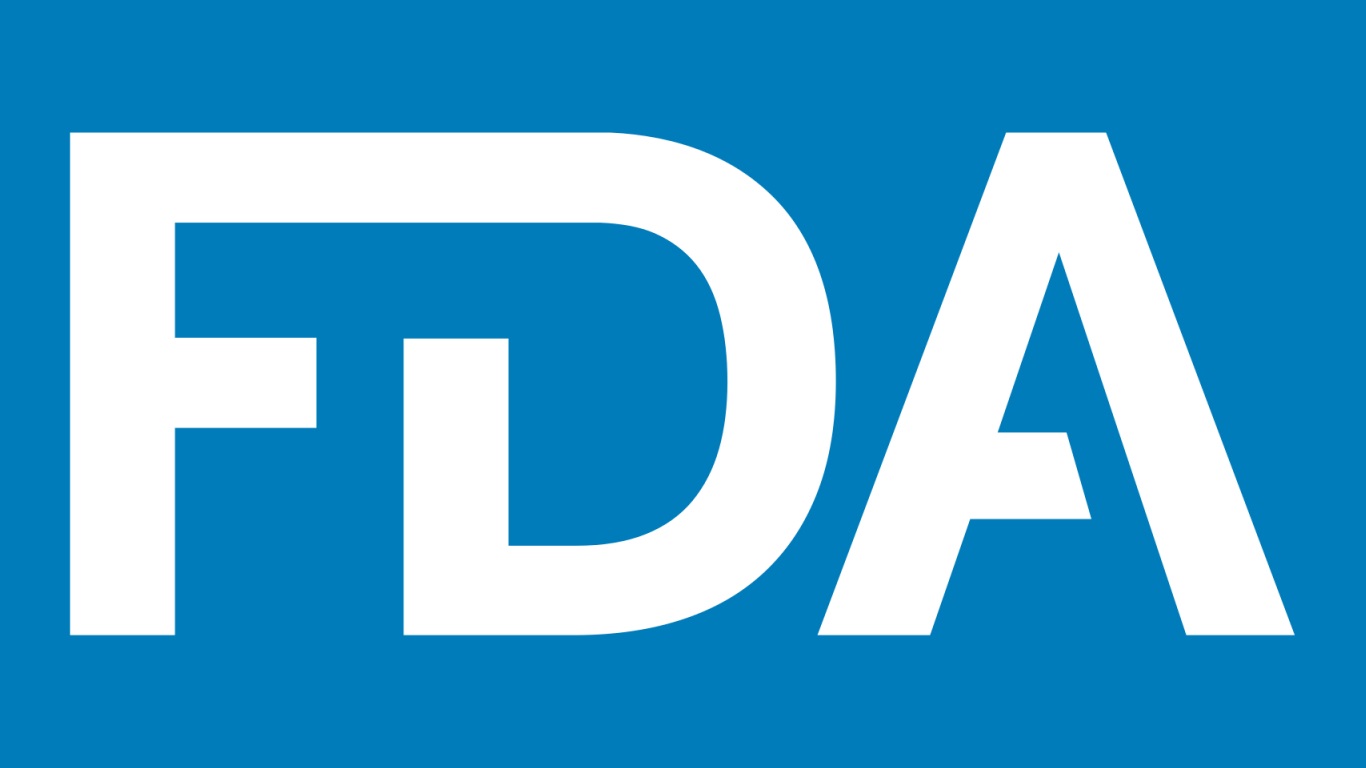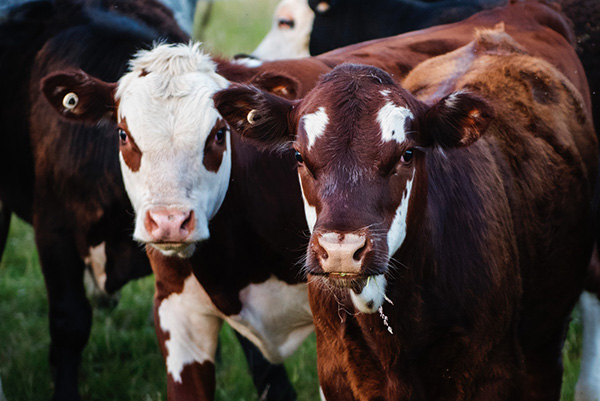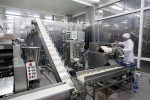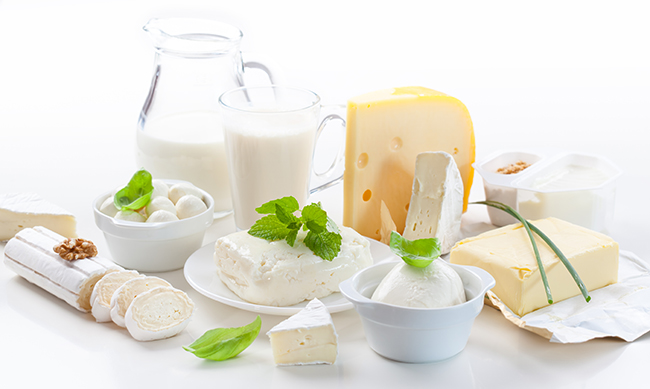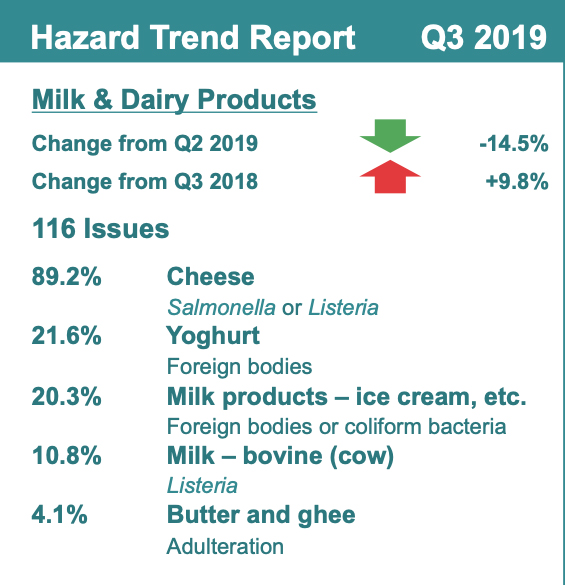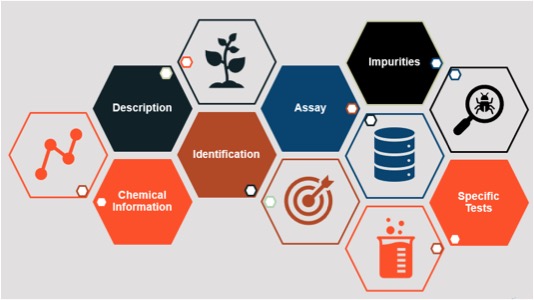For consumers and brands alike, the damaging impact of mislabeling or neglecting to clearly outline an allergen can be colossal. Therefore, to prevent a health and business disaster, best practices around allergen labeling must be top of mind. Luckily, technology can help, and the farm-to-fork transparency provided by a centralized and digitized modern label management system can ensure organizations improve responsiveness and accuracy while reducing costs beyond those saved by mitigating recalls.
No one wants to face a recall, but have you done enough to prevent one from happening to you? More than 650 food products were recalled last year in the United States alone. And one of the leading causes might just be the easiest to prevent: Undeclared allergens.
According to the Q2 2019 Stericycle Recall Index, undeclared allergens are the leading cause of U.S. food recalls, accounting for 48.4% of food recalls from the FDA and 62.9% of food pounds recalled by the USDA. This statistic becomes more alarming considering that roughly 11% of US adults have a food allergy, according to JAMA.
Enacted in 2004, the Food Allergen Labeling and Consumer Protection Act (FALCPA) stipulates that all packaged food regulated under the Federal Food Drug and Cosmetic Act (FFD&C) comply by listing major food allergens. “Major allergens” refers to milk, eggs, fish, shellfish, tree nuts, peanuts, wheat, and soybeans, and for nuts and shellfish, the species must be declared.
For brands, the damaging impact of mislabeling or neglecting to clearly outline an allergen can be colossal, resulting in costly recalls or litigation. However, the impact to consumers can be even greater when one small mistake can cause serious illness, or worse, death. To prevent a health and business nightmare, best practices around allergen labeling must be top of mind.
However, with constantly changing legislation, this can be easier said than done. For instance, in a move that outpaced the FDA, Illinois issued a state law requiring sesame labeling. And in the UK, Natasha’s Law was recently introduced, requiring companies to label all food ingredients on fresh pre-packaged food after 15-year-old Natasha Ednan-Laperouse died of a sesame allergy from a sandwich that didn’t list all the ingredients.
The need for optimal allergen labeling is clear, so how can organizations ensure allergens are clearly labeled on their products and meet existing standards while preparing for future requirements?
Though the underlying principle behind a clear label is simple, the process of designing such labels can be multifaceted and difficult to streamline—especially if labels are designed, printed and managed by separate users across a franchise or store network. And this challenge is multiplied further when products reach across international boundaries. But technology can help, and the farm-to-fork transparency provided by a centralized and digitized modern label management system can ensure organizations improve responsiveness and accuracy while reducing costs beyond those saved by mitigating recalls.
Disorganized Sprawl: A Major Hurdle to Effective Labeling
When implemented properly, modern label management can cost-effectively centralize labeling, reducing inefficiencies and human error. However, before this can happen, there are a few common roadblocks that may make standardizing the labeling process challenging.
One issue may be a sprawl of legacy equipment that is not integrated into a cohesive network. For instance, a legacy labeling system may only support certain label printers while certain manufacturers of direct marking equipment may only support their own propriety brand of printers. In another sense, a lack of standardization can also make it difficult to efficiently integrate labeling with other business solutions like manufacturing execution systems (MES) and enterprise resource planning (ERP) systems.
A damaging impact of sprawl is adoption of a wide range of different labeling applications across various facilities. This will result in inconsistent label formatting, the need to create the same label multiple times, and the need to accommodate different systems and printers. Consequences of this may be a lack of centralized storage when everything is saved locally, complex user training encompassing many software programs, an increased burden on IT, and a great deal of extra administration and human intervention to maintain and update labels.
Another problem with a disorganized ecosystem for labeling is that quality assurance inevitably suffers because tracing a label’s history or implementing standardized approval processes can be difficult or impossible. To accurately track labeling, it’s necessary to have a production log stating where and when labels were produced and who produced them. Having such a log and using it effectively requires centralization or else it can become difficult to track different versions or enforce universal approval processes for altering templates.
Implementing Modernized Labeling to Improve QA
Modern label management systems can help suppliers and manufacturers standardize and control marking packaging or label production across an entire organizational ecosystem. These solutions feature a central, web-based document management system and provide a reliable storage space for label templates and label history. This will enable changes and updates to be tracked centrally, so local facilities can access uniform and accurate templates to produce labels.
An ideal label management system can also interface with a multitude of direct marking and labeling printers, even if they are from different manufacturers, and it can integrate labeling and direct marking with a business system’s master data, which eliminates manual data entry errors. This decreases upfront capital expenditures in more costly efforts to standardize equipment, provides a system that is easy to integrate with partners, saves costs generated from having to discard product or rework labels, and increases a company’s ability to implement unified, organization-wide labeling processes.
Centralized Labeling is Easily Delivered Through Cloud
To many, the thought of migrating legacy labeling to a centralized system or investing a large sum of resources into centralizing labeling may seem inordinate or daunting. However, cloud technology makes migrating to a modern label management system feasible for organizations of all sizes.
With the cloud, designing labels and ensuring quality assurance becomes far more accessible. Additionally, the software-as-a-service (SaaS) model doesn’t require the capital investments or operations and maintenance upkeep associated with costly IT infrastructure and is easily scalable depending on business needs. This is a game changer for small to medium sized businesses who can now benefit from a centralized labeling system because of the cloud.
The Benefits of a “Single-source-of-truth”
In addition to other benefits, integrating a modern label management solution with other business systems allows users to access a “single-source-of-truth.” This allows for enforceable, specific user roles with logins for each user as well as traceability and transparency across all factories that produce products. The traceability from being able to monitor a “single-source-of-truth” is a critical component to farm-to-fork transparency because it can provide an accurate production log overviewing label versions and changes, so companies can pinpoint the locations and causes of labeling inaccuracies and fix them instantly.
A modern label management system also enables organizations to nimbly respond to new regulatory requirements because alterations only need to be made in one location, new templates can be previewed before going to production, and nutrition and allergen functionality can be easily formatted so that it is clear and stands out to the consumer. This increases labeling consistency and accuracy, and saves time when rules change and when new products need to be incorporated during a merger or acquisition.
Futureproofing and Ensuring Consumer Safety with Allergen Labeling
In today’s world, food and beverage manufacturers must rise to the challenge of changing regulations while meeting the call of shifting customer demands and integrating themselves within greater business ecosystems and extended supply chains. In the case of allergen labeling, this may mean preparing labels for different countries, which have varying standards for labeling allergens like sesame, royal jelly, bee pollen, buckwheat and latex, or ensuring labels can be altered quickly when new products are rolled out or when bodies like the FDA revamp standards.
Companies that implement modern label management solutions position themselves to adapt to competition and regulations quickly, implement solutions that can easily be integrated with partners in a supply chain, and streamline quality control. This can help improve productivity, reduce labeling errors, increase collaboration, and prevent product recalls. But most importantly, it helps ensure the safety of consumers everywhere.

